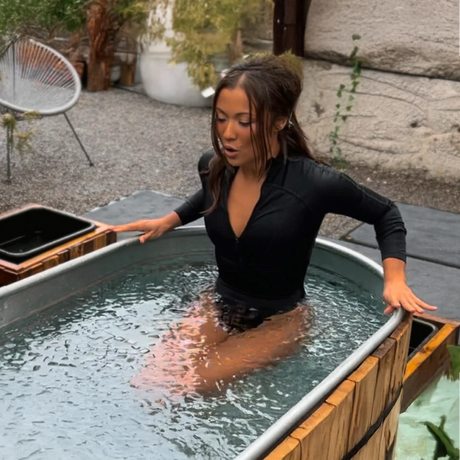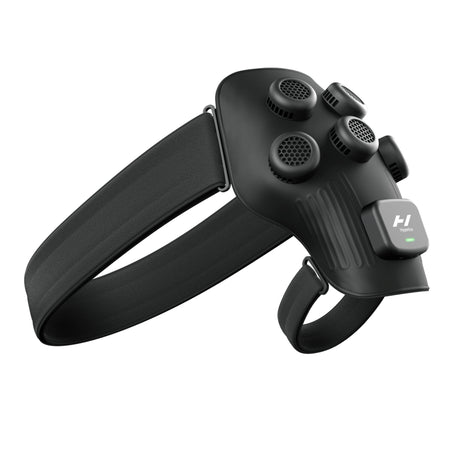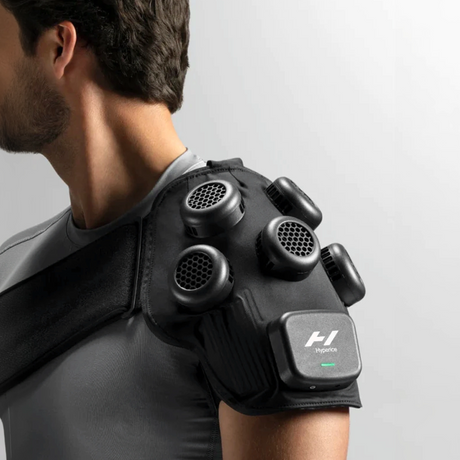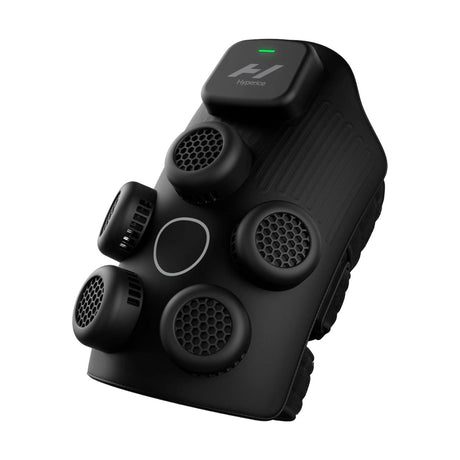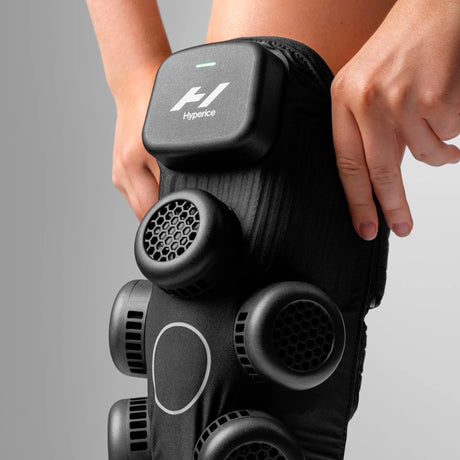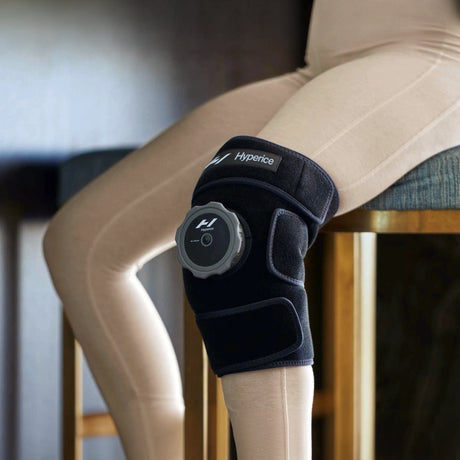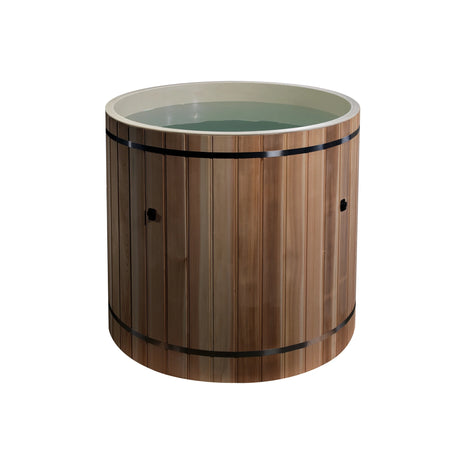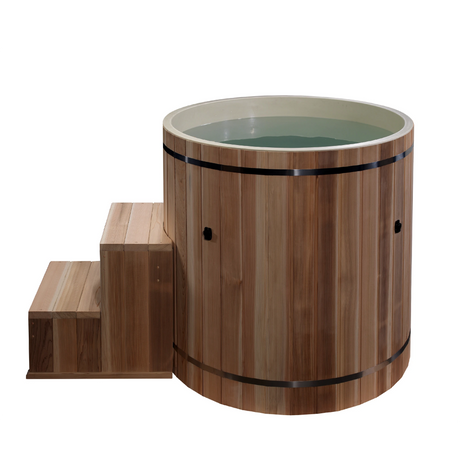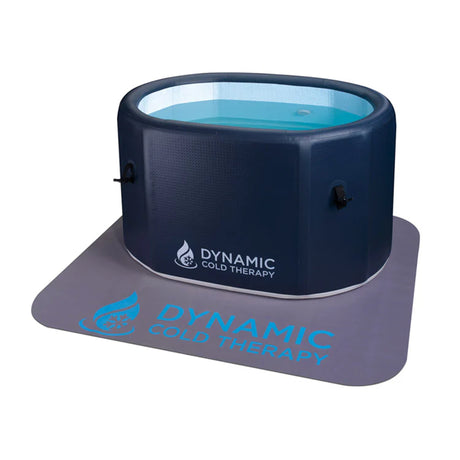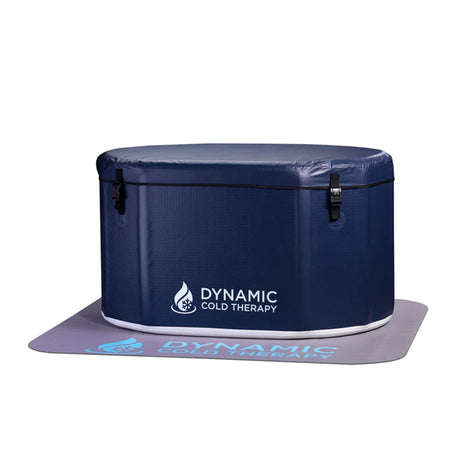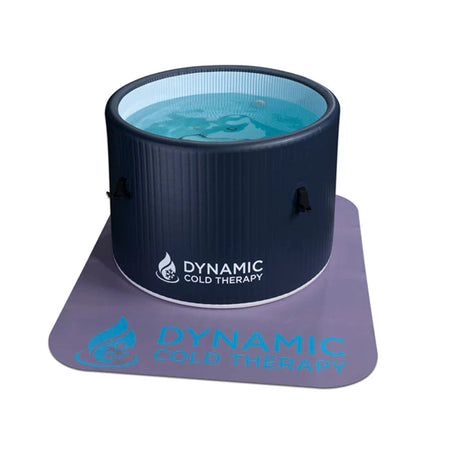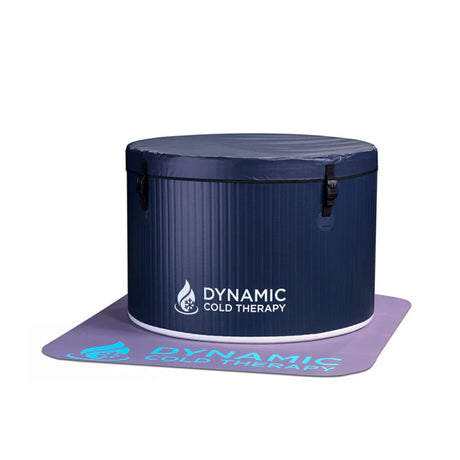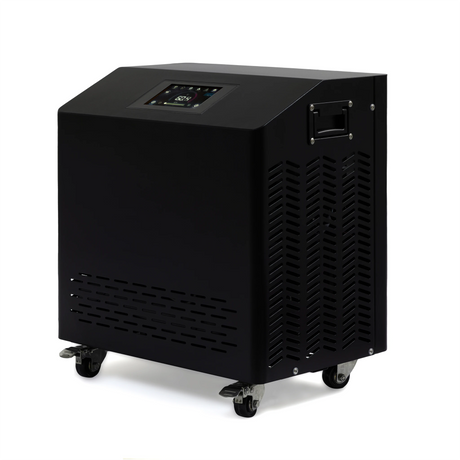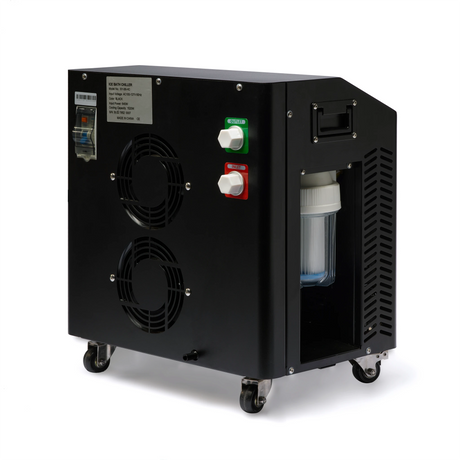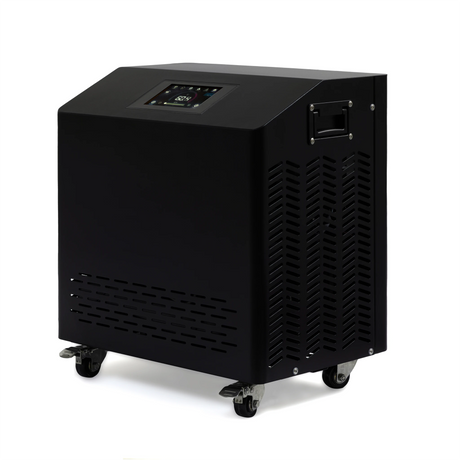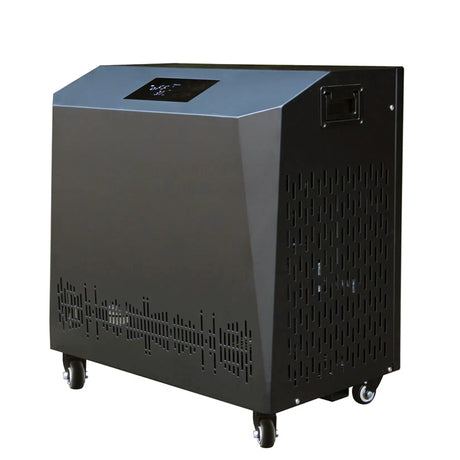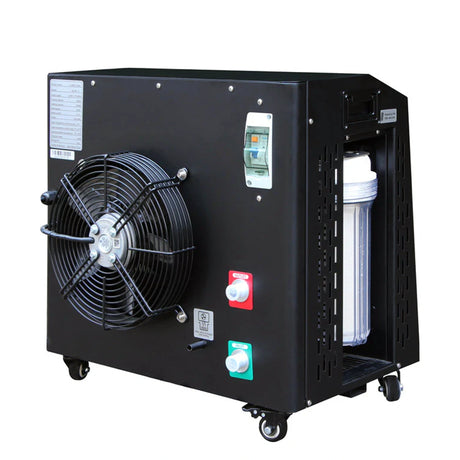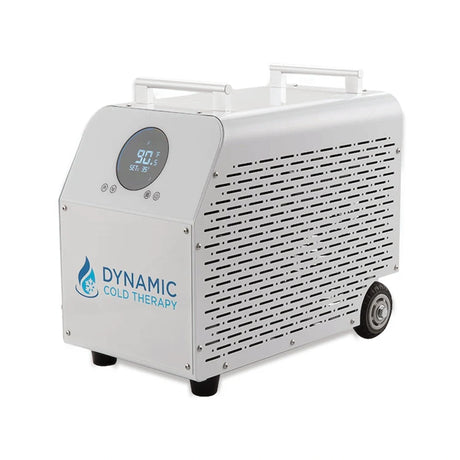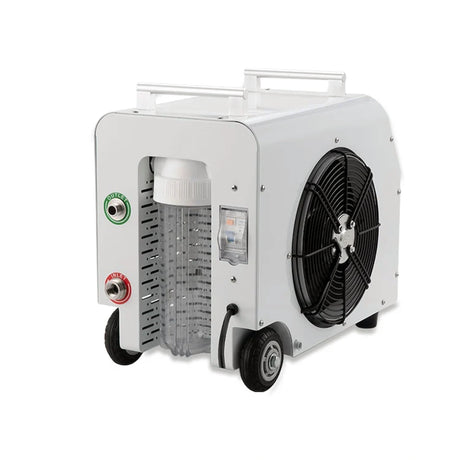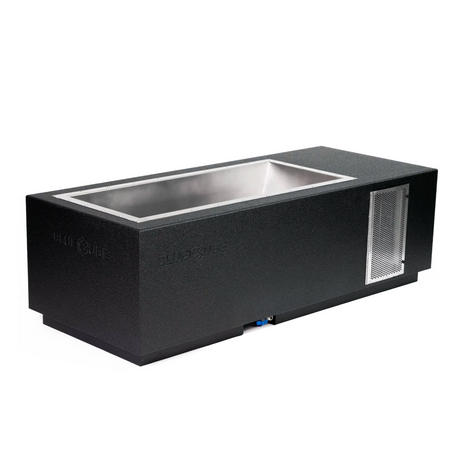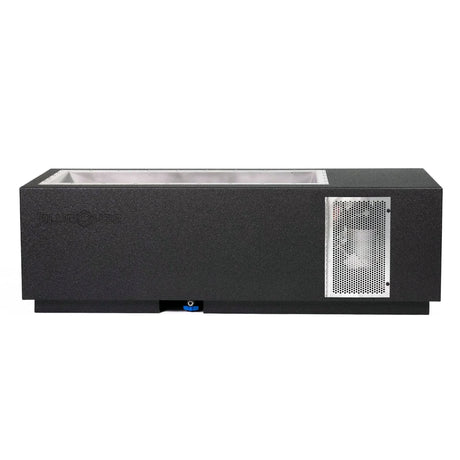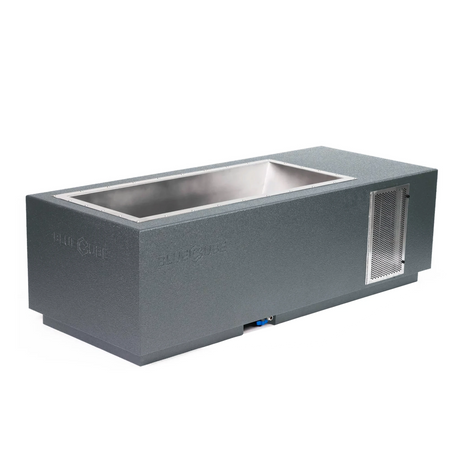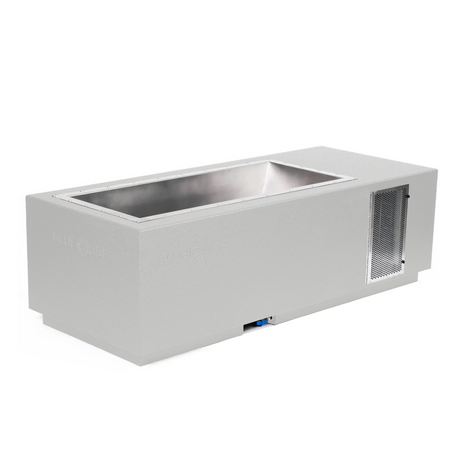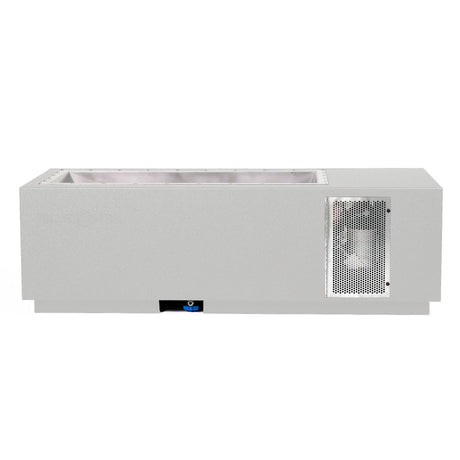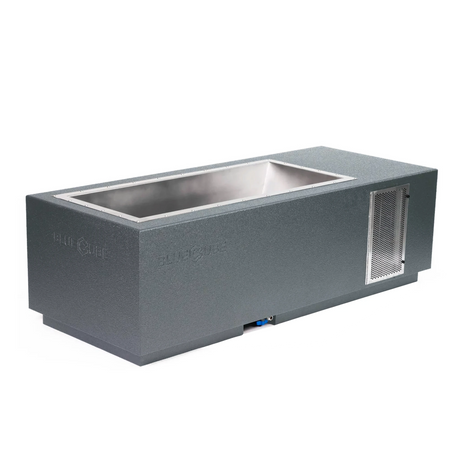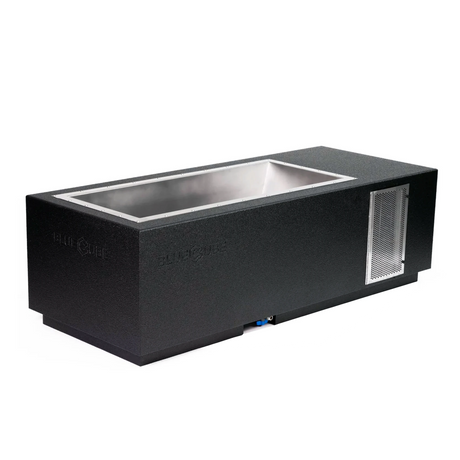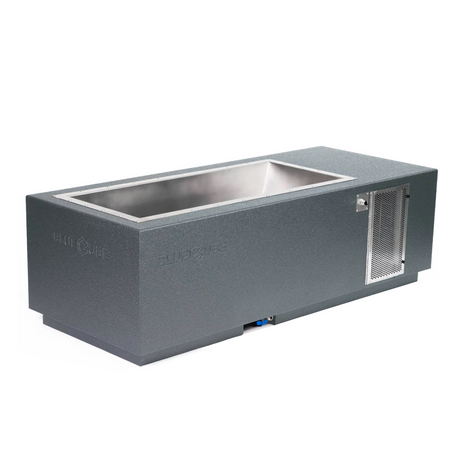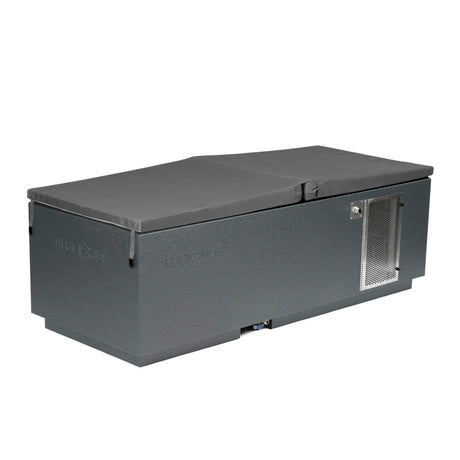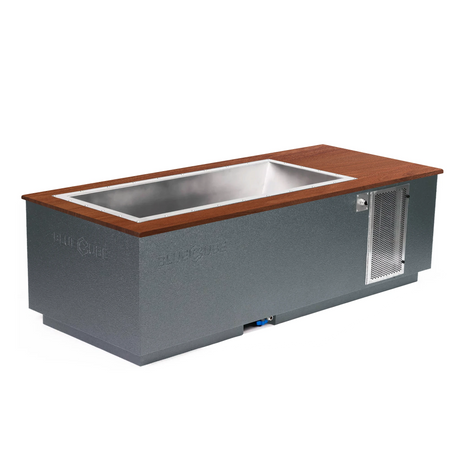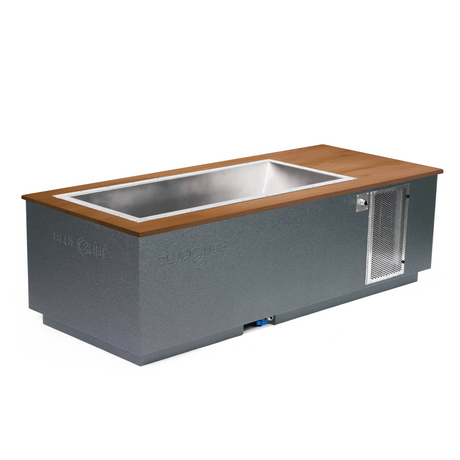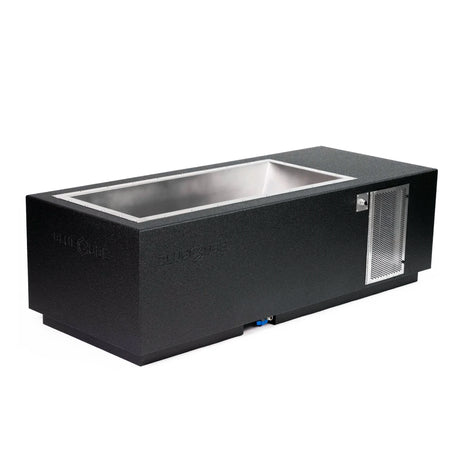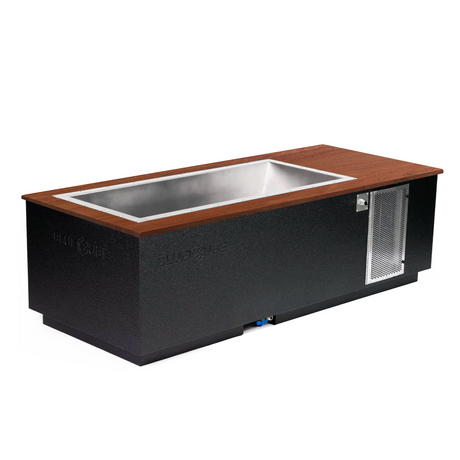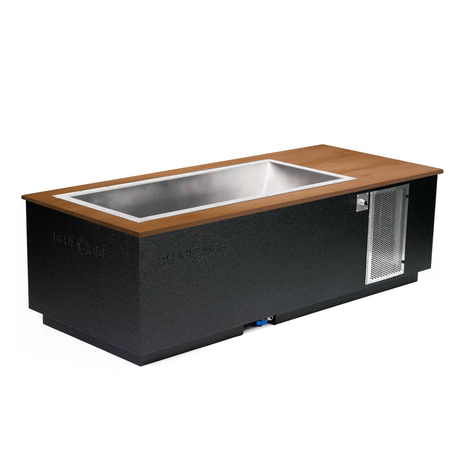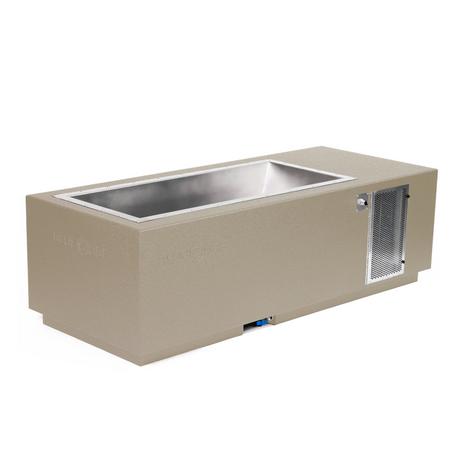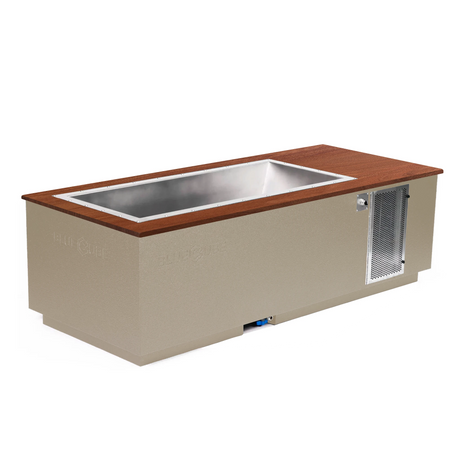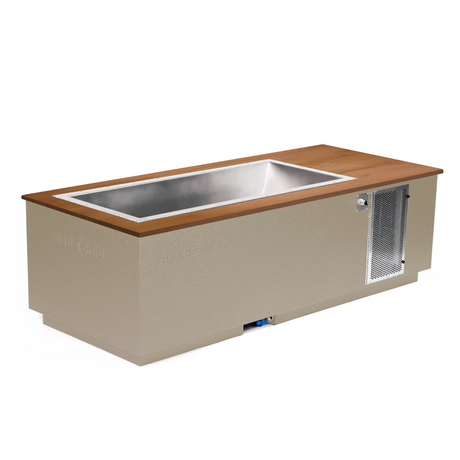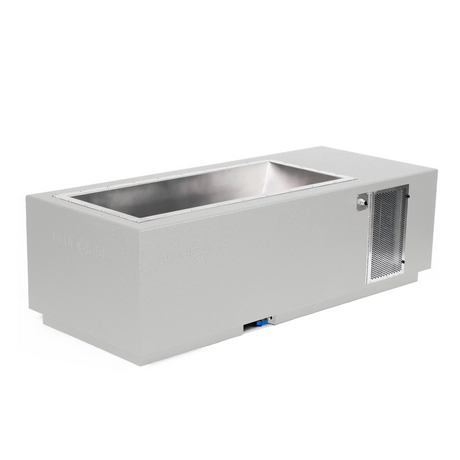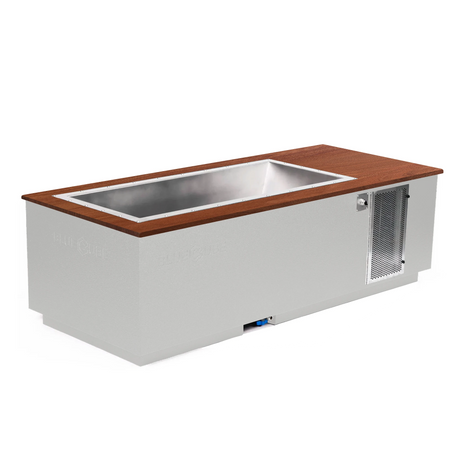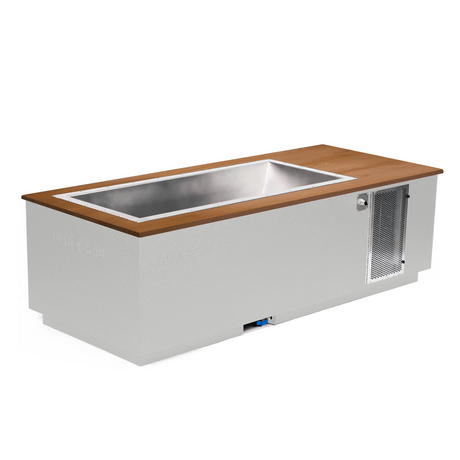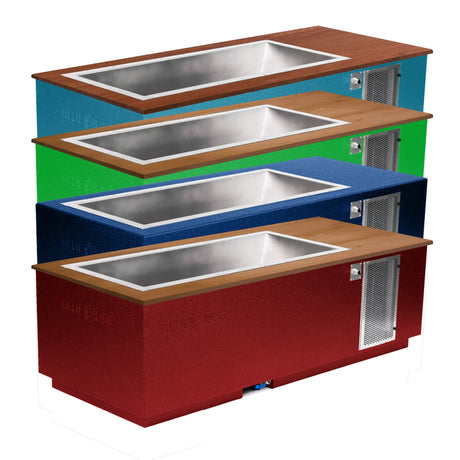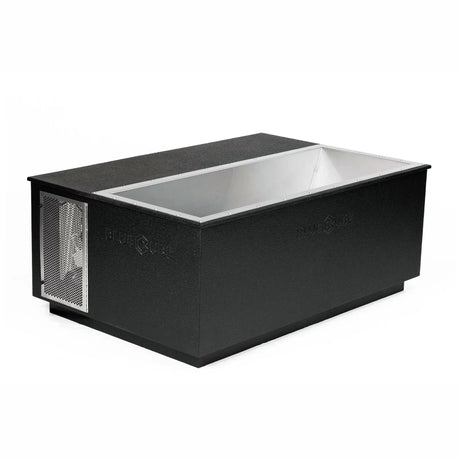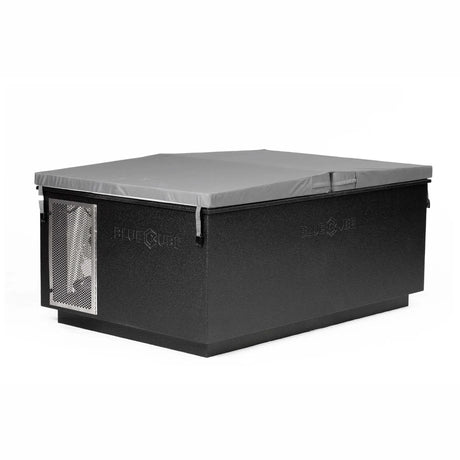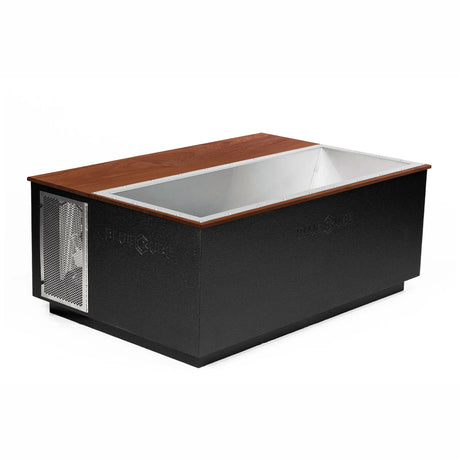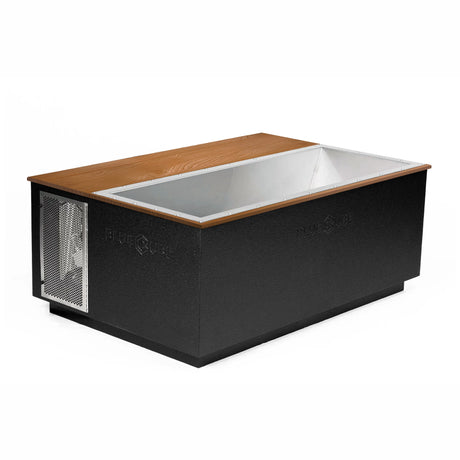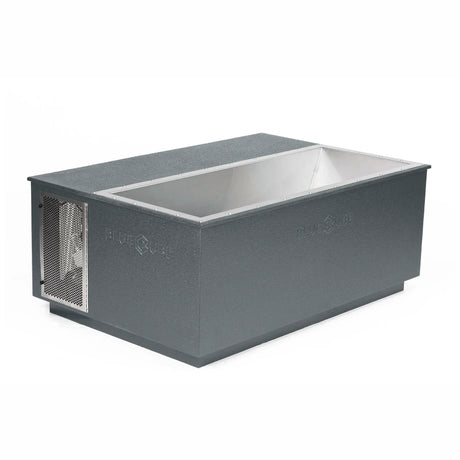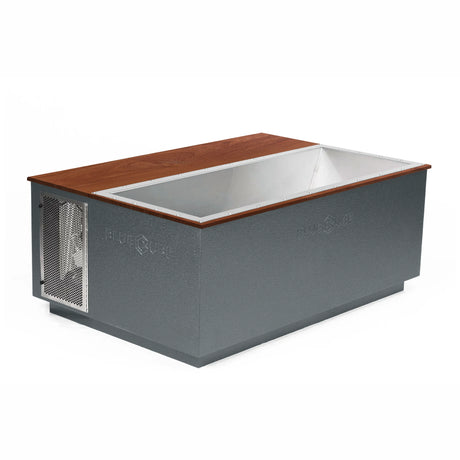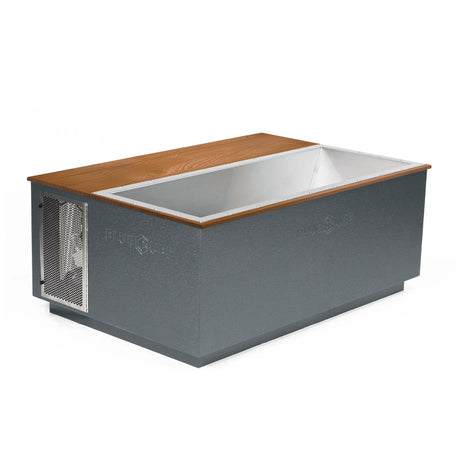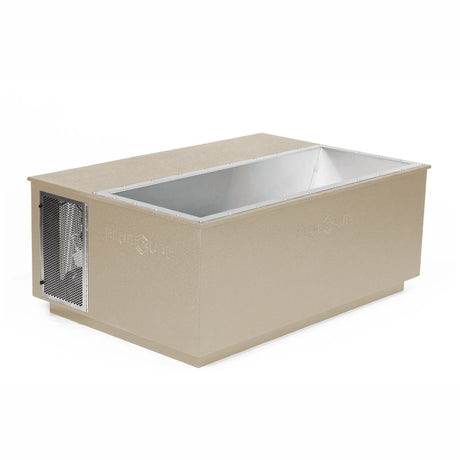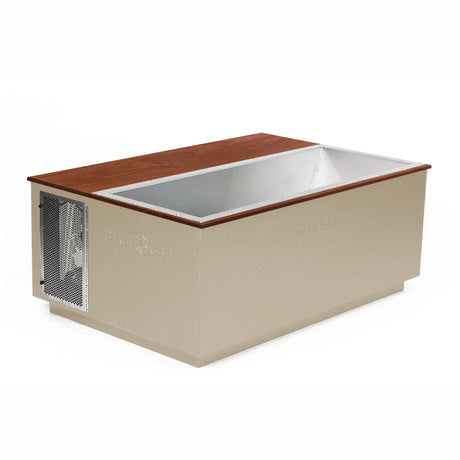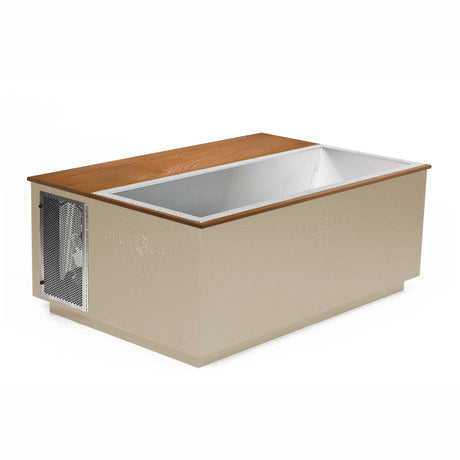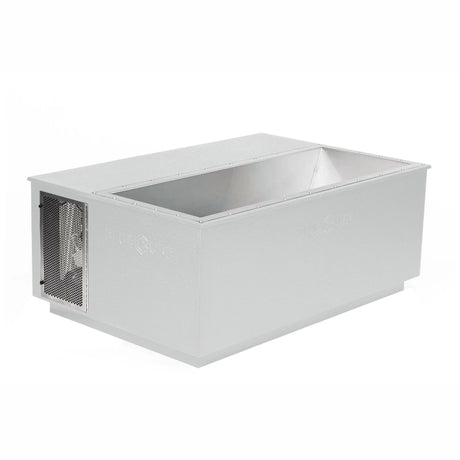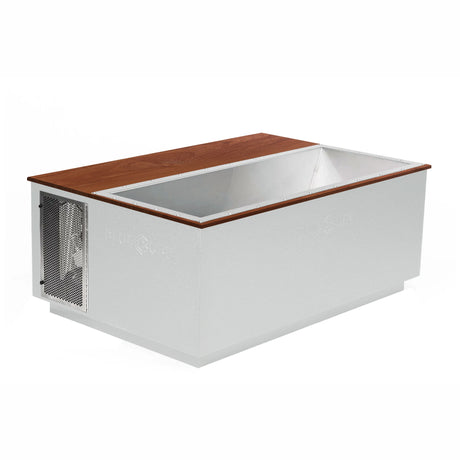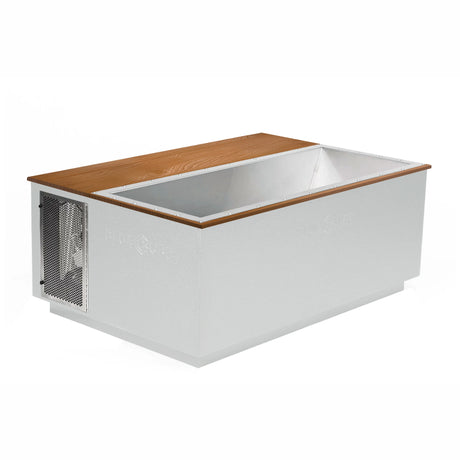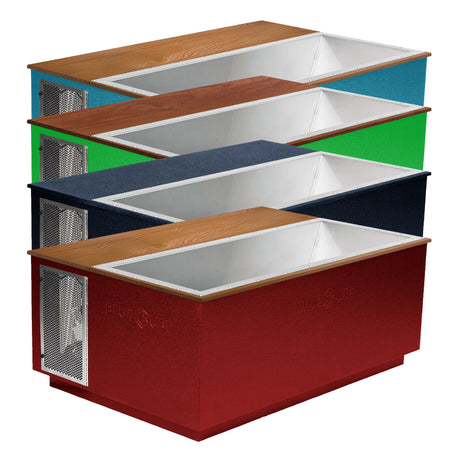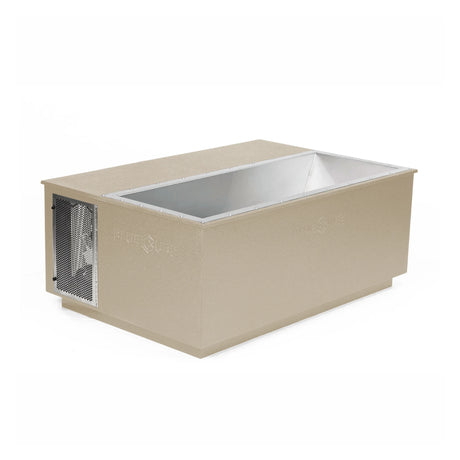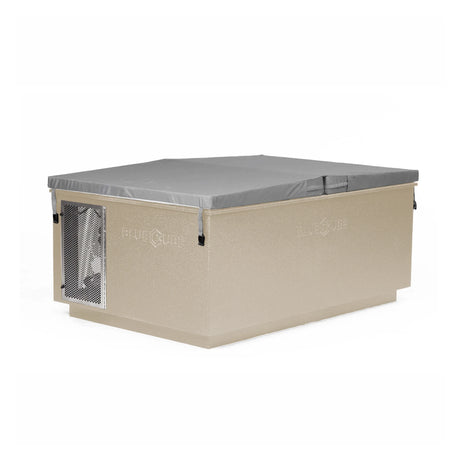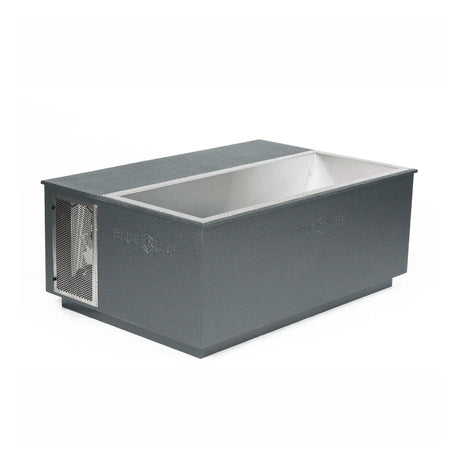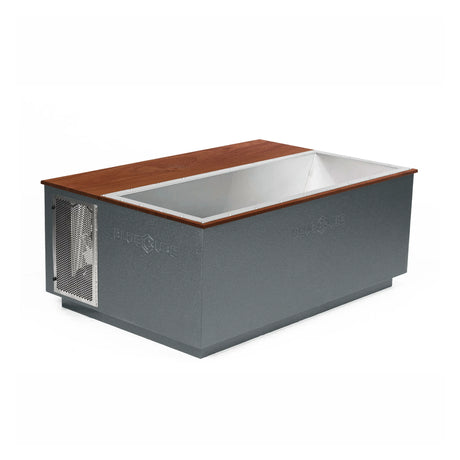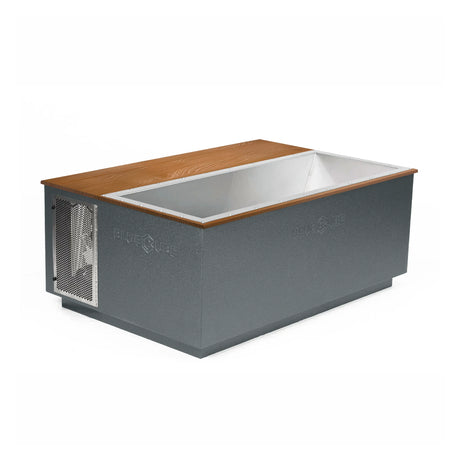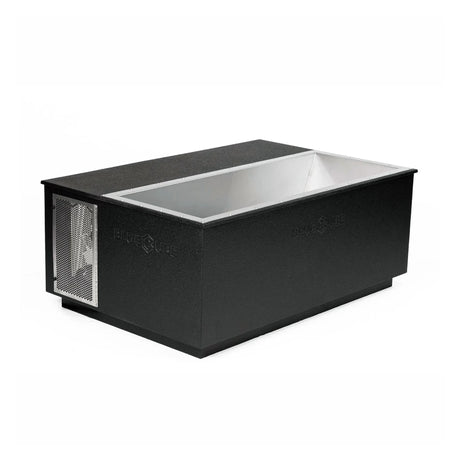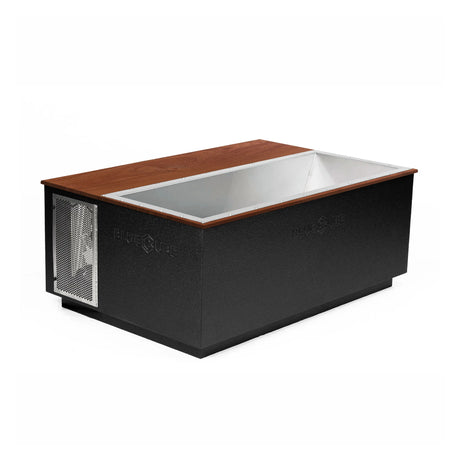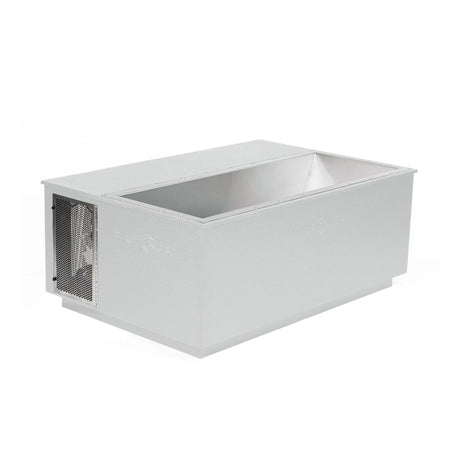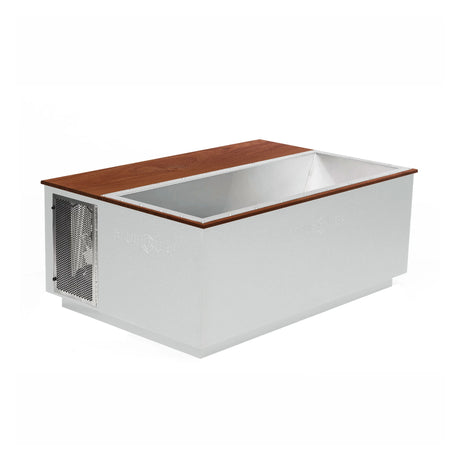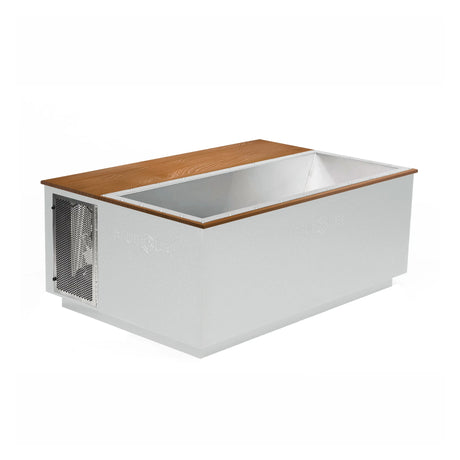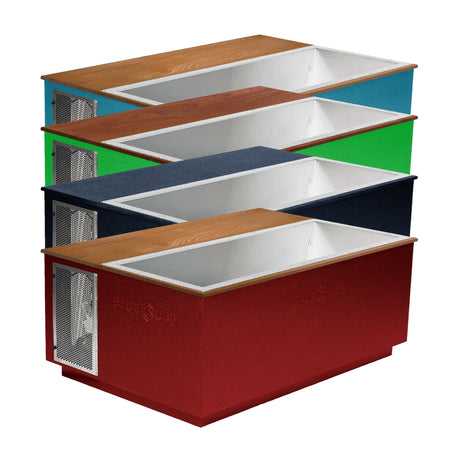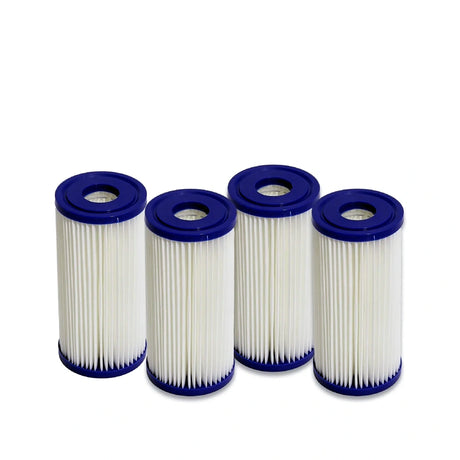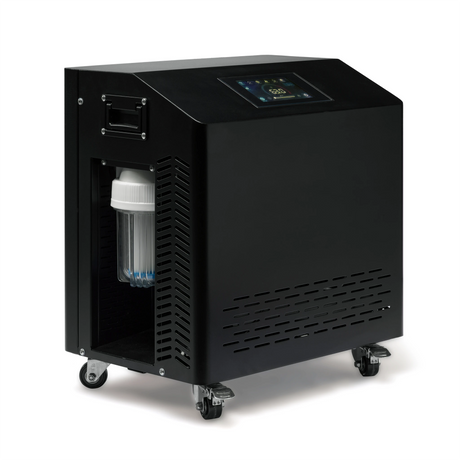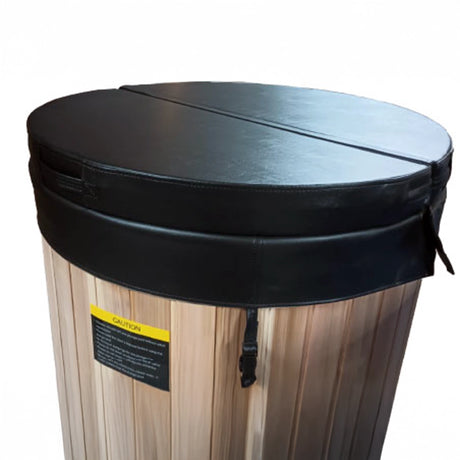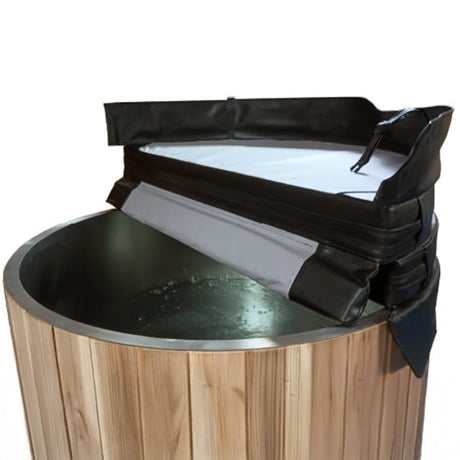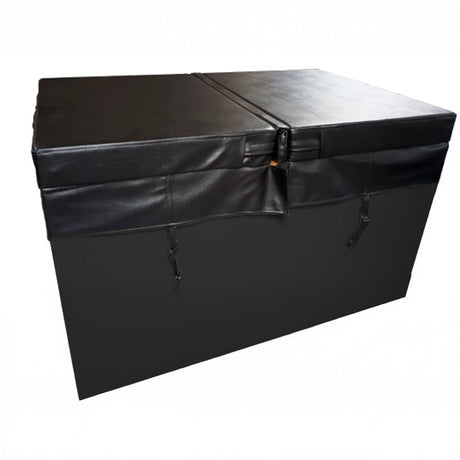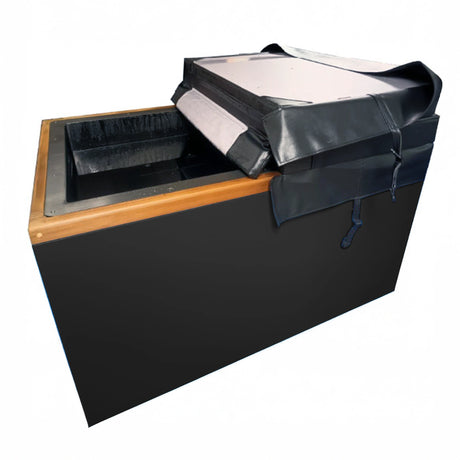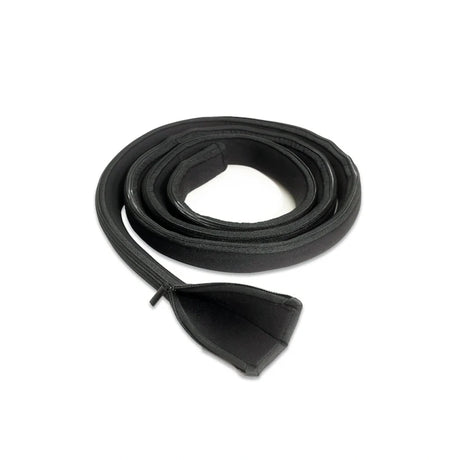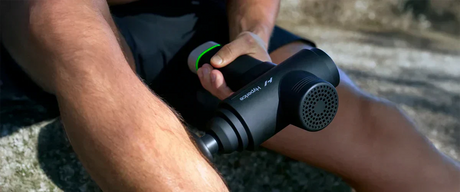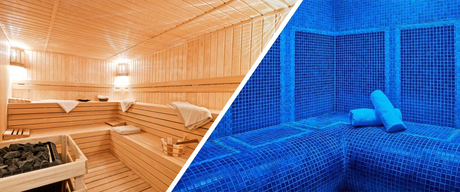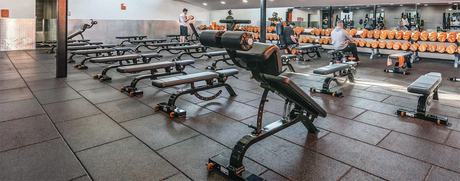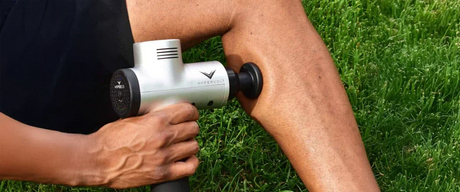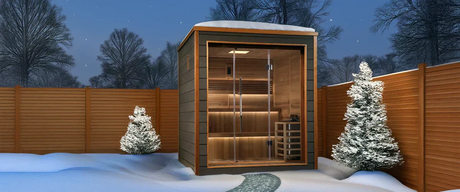Imagine stepping into a pool of ice-cold water. The kind that sends a jolt through your system, makes your skin tingle, and forces every nerve in your body into overdrive. Why on earth would anyone do this on purpose? Here’s why: this ancient practice, known as a cold plunge, is taking the modern wellness world by storm—and for good reason. Cold plunges are more than just a shocking dip into chilly water; they’re a scientifically-backed method to improve recovery, boost mental clarity, and build resilience.
But here’s where it gets crazy. While athletes and biohackers have quietly benefited from these icy rituals for years, cold plunging is no longer a best-kept secret. Thanks to skyrocketing Google searches—a staggering 14-fold increase since 2022—and celebrity advocates like Lizzo and Harry Styles, cold plunges have gone mainstream. Yet the real magic of this practice isn’t just in its trendiness or its roots in ancient Roman baths; it’s in the undeniable benefits happening beneath the surface.
So, what exactly is a cold plunge, and how can you tap into its growing list of health benefits without freezing out your comfort zone? Let’s dive (pun intended) into why this centuries-old therapy is suddenly the ultimate game-changer for modern wellness seekers.
What is a Cold Plunge?
Picture this: you’re standing on the edge of a cold plunge tub, your breath catching at the thought of the icy waters below. A cold plunge is more than just a dunk in chilly water—it’s a deliberate act of submerging your body into water temperatures as low as 36°F (2°C) for 1 minute, up to as much as 10 minutes for some seasoned plungers. This centuries-old practice has history in the stunning architecture of Roman bathhouses, where cold rooms called frigidaria offered a refreshing, icy retreat after steamy saunas and hot baths. The use of cold water therapy dates even further back, with the Egyptians and Greeks from millennia ago recognizing its therapeutic benefits, and figures like Hippocrates advocating its healing potential for mental and physical exhaustion. Later on, pioneers like Vincent Priessnitz and Sebastian Kneipp incorporated cold water treatments into hydrotherapy practices in the 19th century.
Today, it’s not just athletes who swear by this rejuvenating ritual. From celebrities like Joe Rogan to professional athletes and health aficionados, people everywhere are flocking to plunge into their newfound icy indulgence. Thanks to its ability to revitalize sore muscles, enhance mental clarity, and even promote better sleep, the cold plunge is fast becoming a wellness staple.

The Benefits of Cold Plunging
Why endure the initial gasp and goosebumps of a cold plunge? Because the benefits are undeniable. Whether you’re an athlete looking to recover faster or a wellness enthusiast seeking mental clarity, the rewards can be life-changing:
1. Enhanced Circulation and Reduced Inflammation
Cold plunges stimulate blood flow by constricting blood vessels and then dilating them when you exit the water, creating a “flushing” effect. This increased circulation can improve the delivery of oxygen and nutrients to various parts of your body, helping to reduce inflammation and improve recovery speeds (Flatirons Recovery). For athletes, this means less soreness post-training and quicker recovery.
2. Mental Clarity and Stress Relief
Ever notice how invigorated you feel after exposure to cold water? That’s not an accident. Cold plunging triggers the release of endorphins, your body’s natural “feel-good” chemicals, leading to a more positive mood and reduced stress. Many individuals report a boost in mental clarity too, thanks to the cold shock pushing the brain into a heightened state of focus (Atlantic Health).
3. Improved Sleep Quality
Struggling with sleepless nights? Cold plunges may help. Cold immersion can relax the nervous system, making it easier to unwind and fall asleep. Some research suggests the practice has a balancing effect on your circadian rhythm, promoting higher quality sleep and more energy upon waking.
4. Mood Enhancement and Resilience
The mental health benefits of cold plunging extend beyond relaxation. Regular exposure to cold water builds mental resilience and fortitude, helping individuals adapt to everyday stressors. This mental toughness can spill over into other facets of your life, fostering a stronger mindset when faced with challenges.

How to Use a Cold Plunge Safely
Feeling inspired to give it a try? Before diving in, let’s talk about how to use a cold plunge safely, especially for first-timers. Done right, it can be a transformative ritual. Done wrong, it may lead to discomfort or even injury. Here are seven essential tips:
- Start at the Right Temperature: For beginners, aim for water between 50-60°F (10-15°C). Gradually lower the temperature as your body adapts.
- Enter Gradually: Avoid jumping straight in—this can trigger a cold shock. Ease your feet into the water first, then slowly immerse yourself.
- Focus on Your Breathing: Controlled, deep breaths will help manage the initial shock and allow your system to gradually adjust.
- Limit Your Time: Initially, start with one to two minutes of immersion. Work your way up to ten minutes max, but always exit immediately if you feel numbness or pain.
- Warm Up Gradually: Have a comfortable robe or blanket handy, and avoid rushing to hot showers right afterward. Let your body naturally acclimate.
- Stay Hydrated: Believe it or not, cold immersion can dehydrate your body. Drink plenty of water before and after your session to maintain balance.
- Monitor Your Health: If you have any pre-existing medical conditions, consult with your doctor before beginning cold plunging.
Choosing the Best Cold Plunge for Home
If the thought of traveling to spas or shared facilities makes you shiver, you’re in luck. Cold plunges have gone domestic, offering high-quality, customizable home setups. But finding the best cold plunge for home use depends on a few critical factors:
- Size and Space: Consider the available space in your home. Smaller tubs or portable cold plunge tubs work well in tighter spaces.
- Material: Stainless steel tubs are durable and offer superior insulation, while acrylic or plastic tubs are cost-effective for beginners.
- Temperature Control: Opt for models with built-in systems that maintain consistent water temperatures—ideal for year-round use.
- Filtration: A solid filtration system ensures hygiene without constant water changes.
- Budget: Entry-level kits start at a few hundred dollars, while luxury versions with high-tech features can go into the thousands.
For the ideal selection of cold therapy options, look no further than this collection here.

Frequently Asked Questions About Cold Plunges
1. What are the benefits of using a cold plunge at home?
Using a cold plunge at home provides several health benefits, including:
- Improved Circulation: Boosts blood flow and oxygen delivery to tissues.
- Accelerated Muscle Recovery: Reduces soreness and inflammation after exercise.
- Mental Clarity: Promotes focus and triggers endorphin and dopamine release for increased happiness which can last for several hours.
- Enhanced Sleep Quality: Encourages relaxation and better rest.
With regular use, a cold plunge can be your go-to wellness tool for overall recovery and stress relief.
2. Which cold plunge tub is best for beginners?
The best cold plunge tub for beginners is one with a manageable setup, consistent temperature control, and affordability. Two great options include:
- Inflatable Cold Plunge Tubs: Budget-friendly and portable options that are easy to set up.
- Mid-Range Acrylic Models: Durable, well-insulated, and equipped with filtration systems.
These options allow users to practice cold plunging safely and effectively without a major investment.
3. How often should I cold plunge for maximum benefits?
Start with 1-2 sessions per week, each lasting 1-3 minutes. As your body adapts, you may increase frequency to up to 4-5 sessions weekly and extend durations to 5-10 minutes. Consistency is key to seeing long-term benefits.
4. Are cold plunges safe for everyone?
Cold plunges are generally safe, but certain groups should consult a doctor first, including those with:
The following individuals should talk to a doctor prior to cold plunging:
- Those with heart conditions or high blood pressure
- Pregnant individuals
- People with chronic illnesses or medical conditions
Always prioritize safety and follow proper guidelines when starting cold immersion therapy.
5. What temperature should a cold plunge be?
This depends completely on the user, but The ideal cold plunge temperature is usually between 50-60°F (10-15°C). Beginners should aim for the higher end of this range before gradually lowering as they build tolerance. Experienced users will set their plunges as low as 36°F (2°C).
6. How does a cold plunge compare to a sauna in terms of benefits?
Cold plunges and saunas provide complementary benefits:
| Feature | Cold Plunge | Sauna |
|---|---|---|
| Primary Benefit | Reduces inflammation and speeds recovery | Relieves tension and promotes detoxification |
| Temperature Range | 36-60°F (2-15°C) | 115-190°F (46-88°C) |
| Energy Boost | Yes - through endorphin release, adrenaline and increased blood flow | Yes - through endorphin release and increased blood flow |
| Other Benefits | Enhanced mood, accelerated metabolism, less soreness | Collagen boost, relaxation, stress relief |
For optimal results, alternating between the two can enhance recovery and relaxation.
7. Is a cold plunge worth the investment?
Yes, a cold plunge is worth it if you value long-term health and recovery benefits. Here’s why:
- Durability: High-quality materials last years with low maintenance.
- Convenience: Home models eliminate the need for travel to spas.
- Cost-Effectiveness: Saves money compared to ongoing spa visits.
Investing in a cold plunge setup means consistent access to its wellness benefits right at home.
8. What is the best way to recover after a cold plunge?
Follow these steps to recover after a cold plunge:
- Warm Up Naturally: Let your body acclimate before applying external heat sources.
- Stay Hydrated: Replenish fluids lost through cold exposure.
- Stretch or Relax: Gentle stretching can enhance circulation and recovery.
-
Relax and Be Happy: The release of norepinephrine, dopamine, and endorphins will be an incredible rush, which will have you very appreciative of the cold plunging experience.
Post-plunge recovery ensures your body reaps the full benefits while avoiding discomfort or stress.
Ready to take the plunge? Explore our collection of high-quality residential and commercial grade cold plunge tubs and discover the best model for your home or wellness routine.
9. How often can I use a cold plunge?
It’s best to start with once or twice weekly, building to more frequent dips as your tolerance improves. Once used to it, it's not abnormal to plunge every day.
10. Can a cold plunge boost metabolism?
There’s growing evidence suggesting cold immersion may increase calorie burn by increasing the body's need for heat. The process of warming yourself back up again not only feels great due to the warmth and the endorphin release, but it also burns calories and in-turn boosts ones metabolism.
Take the Leap Into Wellness
Cold plunging isn’t just a fleeting wellness trend—it’s a transformative practice rooted in centuries of tradition with benefits that resonate in today’s fast-paced world. From faster muscle recovery after a tough workout to heightened mental clarity that keeps you sharp throughout the day, the cold plunge delivers real, tangible results. And let’s not overlook the deeper benefits: building resilience, enhancing sleep, and finding moments of calm and control in the icy depths. That’s the power of embracing discomfort—it strengthens both body and mind, ensuring you’re always ready to face life head-on.
If you’re ready to experience this game-changing therapy from the comfort of your home, exploring your options is the logical next step. At Blue Sky Fitness Supply, we specialize in premium cold plunge tubs designed to elevate your wellness routine. Whether you’re seeking simplicity, efficiency, or high-tech luxury, we’re here to help you find the perfect setup. Why not bring the benefits of cold plunging straight to your doorstep, without the spa membership or travel inconvenience?
Go ahead—take the plunge. Transform your recovery, energize your mind, and reclaim your calm. The water may be cold, but the rewards are nothing short of extraordinary. It starts with one moment of courage. Are you ready?



